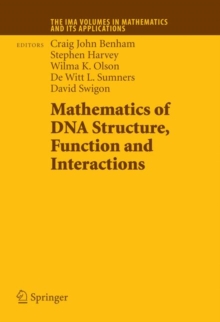
Computational Wave Propagation PDF
Edited by Bjorn Engquist, Gregory A. Kriegsmann
Part of the The IMA Volumes in Mathematics and its Applications series
Description
This IMA Volume in Mathematics and its Applications COMPUTATIONAL WAVE PROPAGATION is based on the workshop with the same title and was an integral part of the 1994-1995 IMA program on "Waves and Scattering." We would like to thank Bjorn Engquist and Gregory A.
Kriegsmann for their hard work in organizing this meeting and in editing the proceedings.
We also take this opportunity to thank the National Science Foundation, the Army Research Office, and the Office of Naval Research, whose financial support made this workshop possible.
A vner Friedman Robert Gulliver v PREFACE Although the field of wave propagation and scattering has its classical roots in the last century, it has enjoyed a rich and vibrant life over the past 50 odd years.
Scientists, engineers, and mathematicians have devel- oped sophisticated asymptotic and numerical tools to solve problems of ever increasing complexity.
Their work has been spurred on by emerging and maturing technologies, primarily concerned with the propagation and reception of information, and the efficient transmission of energy.
The vitality of this scientific field is not waning.
Increased demands to precisely quantify, measure, and control the propagation and scattering of waves in increasingly complex settings pose challenging scientific and mathematical problems.
These push the envelope of analysis and comput- ing, just as their forerunners did 50 years ago.
These modern technological problems range from using underwater sound to monitor and predict global warming, to periodically embedding phase-sensitive amplifiers in optical fibers to insure long range digital communication.
Information
-
Download - Immediately Available
- Format:PDF
- Publisher:Springer New York
- Publication Date:06/12/2012
- Category:
- ISBN:9781461224228
Information
-
Download - Immediately Available
- Format:PDF
- Publisher:Springer New York
- Publication Date:06/12/2012
- Category:
- ISBN:9781461224228










